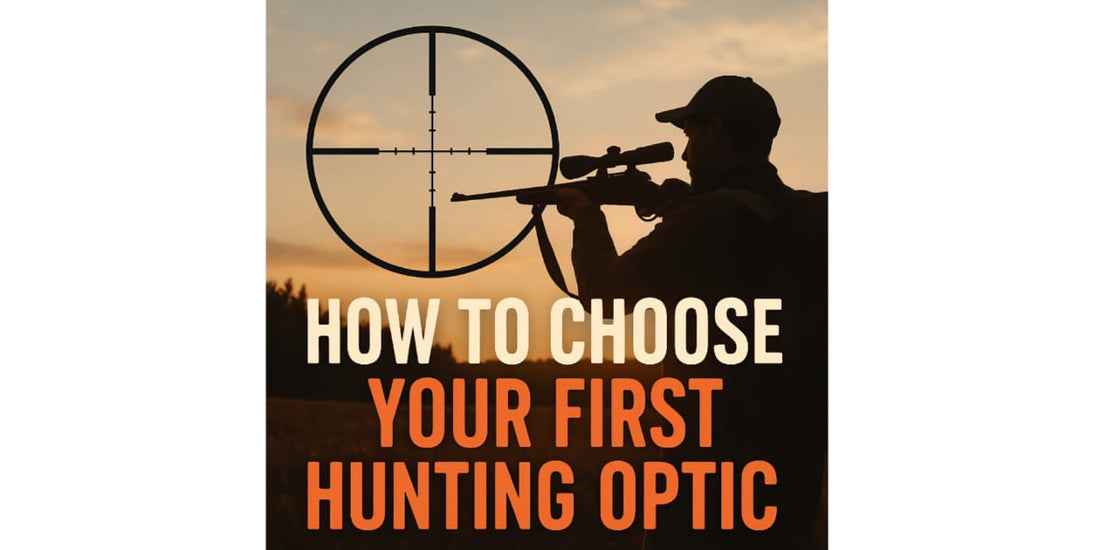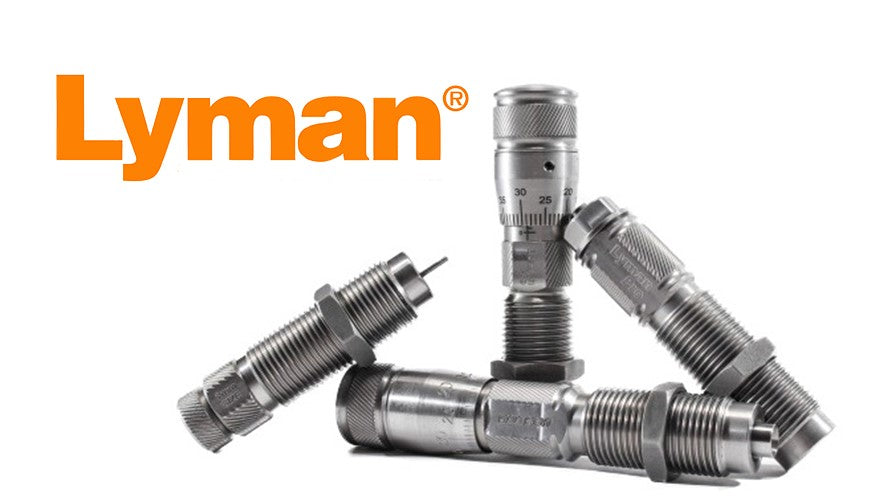
How to choose you're first Rifle Scope.
Share
🦌 Choosing Your First Hunting Rifle Scope: A Beginner’s Guide for South African Hunters
So, you've bought your first hunting rifle—or you're about to. The next step? Choosing the right scope.
With so many options available, it can be confusing to know what works best for your caliber, the terrain you’ll be hunting in, and your overall budget. This guide breaks it down so you can make an informed decision that works in the veld, the bush, or on the range.
🎯 1. Know Where You’ll Be Hunting
One of the most important factors when choosing a rifle scope is where you plan to hunt.
-
Bushveld or Dense Terrain:
You’ll typically be shooting at shorter distances (20–150m). A scope with lower magnification (like 1-6x or 2-10x) is ideal. These scopes allow for quick target acquisition and a wider field of view. -
Open Plains or Karoo:
Shots can easily stretch beyond 200 meters. You'll benefit from higher magnification scopes (like 4-16x, 5-25x or 6-24x) for better precision at longer distances. -
Mixed Terrain:
If you hunt in varied environments, consider a versatile scope like a 3-12x or 4-16x, offering a balance between close and long-range accuracy.
🔍 2. Match Scope Magnification to Caliber
Your rifle’s caliber also plays a role in choosing a scope:
-
Smaller calibers (.223, .243): Often used for smaller game like springbok, blesbok, or varmint. A moderate magnification scope like 3-9x or 4-12x works well.
-
Medium calibers (6.5 Creedmoor, .270, .308): Great all-rounders for hunting in SA. Pair with a 3-15x or 4-16x for versatility in both bush and plains hunting.
-
Larger calibers (.300 Win Mag, .338, etc.): Built for long-range and larger game like kudu or eland. Go for higher magnification scopes like 5-25x or 6-24x for precision over distance.
🔭 3. Objective Lens Size: More Light, More Sight
The objective lens is the front lens on your scope, and its size (in millimeters) determines how much light the scope gathers.
-
Smaller objective (40mm or less): Compact, lighter, and great for bush hunting.
-
Medium (42–50mm): Good all-round size that performs well in most lighting conditions.
-
Larger (50mm+): Great for low-light conditions (early morning or evening), but heavier and may require higher mounts.
💡 Tip: A larger objective lens doesn't always mean a better scope—it depends on the quality of the glass and coatings.
🎯 4. Understanding Reticles
The reticle (or crosshair) is what you use to aim.
-
Simple duplex reticles are great for beginners and general hunting.
-
BDC (Bullet Drop Compensation) reticles help with holdover at longer ranges—ideal for flat-shooting calibers or long-range hunting.
-
Mil-Dot or MOA reticles offer precise adjustments and are more commonly used by advanced shooters.
Stick with simple and clear reticles if you’re just starting out—you can always upgrade later as your skills and needs evolve.
🎒 Final Thoughts
Choosing your first rifle scope is a big step—but it doesn’t have to be overwhelming. By considering your hunting environment, the caliber you're using, and your budget, you’ll be able to select a scope that fits your needs now and grows with your experience.
🔘 Still unsure? Visit our store or reach out online—we’re happy to help match you with the right gear for your next hunt.
✅ Ready to Choose Your Scope?
Check out our full range of scopes online at www.sonsofguns.co.za or visit our store for expert advice.








